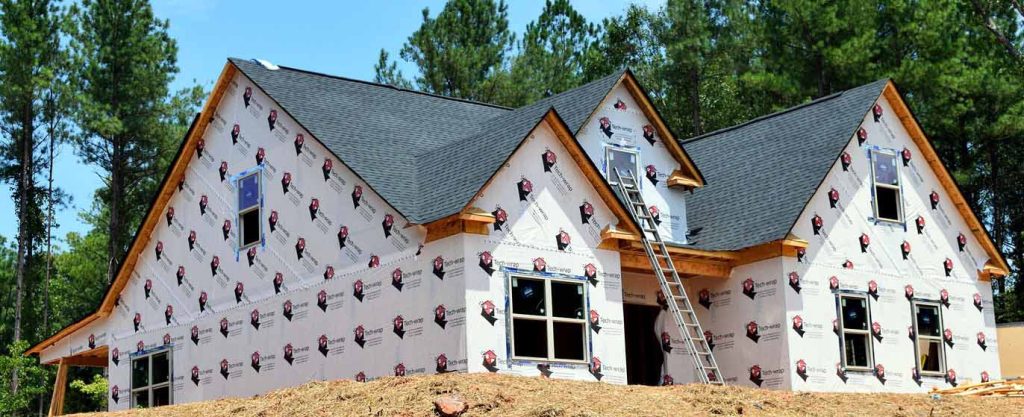
When it comes to multi-family roof installations, quality and reliability are paramount. Whether you’re a property manager or a homeowner in charge of maintaining a multi-family residence, finding the right roofing company is crucial. This guide is your go-to resource for navigating the process smoothly and securing the best services available.
Understanding Multi-Family Roofing Needs
Multi-family properties have unique roofing requirements due to their size and structure. Here’s what you need to consider:
Factors Influencing Multi-Family Roof Installations
- Size and Scope: Assessing the size of the property and the extent of the roofing project.
- Material Selection: Choosing durable and cost-effective roofing materials suitable for multi-family buildings.
- Regulatory Compliance: Ensuring adherence to local building codes and regulations for multi-family structures.
Choosing the Right Multi-Family Roof Installation Company
Selecting the perfect roofing company can make all the difference in the success of your project. Here’s how to do it:
Research and Evaluation
- Credentials and Experience: Look for a company with extensive experience in handling multi-family roofing projects.
- Customer Reviews and Testimonials: Check online reviews and client feedback to gauge the company’s reputation and customer satisfaction.
- Insurance and Licensing: Verify that the company is fully licensed, bonded, and insured to protect yourself from liability.
The Multi-Family Roof Installation Process
Understanding the steps involved in multi-family roof installations can help you prepare effectively. Here’s an overview:
Pre-Installation Preparation
- Site Inspection: Conducting a thorough inspection of the property to assess existing conditions and identify any potential challenges.
- Budgeting and Planning: Establishing a realistic budget and timeline for the project in collaboration with the roofing company.
- Permit Acquisition: Obtaining necessary permits and approvals from local authorities before commencing work.
Executing the Installation
Once preparations are complete, it’s time for the installation phase. Here’s what to expect:
Roofing Material Delivery and Preparation
- Material Procurement: Ordering high-quality roofing materials from trusted suppliers.
- Site Preparation: Clearing the work area and ensuring safety measures are in place for the installation team.
Installation and Quality Assurance
During this phase, the roofing company will carry out the installation according to industry best practices. Here’s how they ensure quality:
Expert Installation Techniques
- Skilled Labor: Employing experienced roofing professionals with specialized training in multi-family installations.
- Quality Control Inspections: Conducting regular inspections to verify the integrity of the installation and address any issues promptly.
Post-Installation Maintenance and Support
Once the installation is complete, ongoing maintenance is essential to prolong the life of your roof. Here’s what you need to know:
Routine Maintenance Guidelines
- Scheduled Inspections: Scheduling regular inspections to identify and address any potential issues before they escalate.
- Emergency Repairs: Having a plan in place for addressing unexpected roof damage or leaks to minimize downtime and property damage.

FAQs (Frequently Asked Questions)
How long does a multi-family roof installation typically take?
The duration of a multi-family roof installation can vary depending on factors such as the size of the property and the complexity of the project. It can take several days to many weeks on average to finish.
Is it necessary to hire a professional roofing company for multi-family installations?
Yes, it’s highly recommended to hire a professional roofing company with experience in multi-family installations. They have the expertise and resources to handle large-scale projects safely and efficiently.
What types of roofing materials are suitable for multi-family properties?
Several roofing materials are suitable for multi-family properties, including asphalt shingles, metal roofing, and flat roofing systems. The best choice depends on factors such as budget, climate, and aesthetic preferences.
How can I ensure regulatory compliance during a multi-family roof installation?
To ensure regulatory compliance, work with a roofing company that is familiar with local building codes and regulations for multi-family properties. They will ensure that the installation meets all necessary requirements.
What should I look for in a multi-family roof installation company?
When choosing a multi-family roof installation company, look for credentials, experience, customer reviews, insurance coverage, and licensing. It’s also critical to take into account their standing in the sector.
What steps can I take to maintain my multi-family roof after installation?
To maintain your multi-family roof, schedule regular inspections, promptly address any issues or damage, and follow the manufacturer’s maintenance guidelines. Additionally, consider investing in a preventative maintenance program offered by your roofing company.
Final Thoughts
In conclusion, investing in top-notch multi-family roof installation services is essential for the long-term integrity and value of your property. By following the guidelines outlined in this comprehensive guide, you can confidently navigate the process and secure the best possible outcome for your project.



